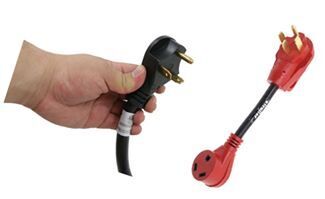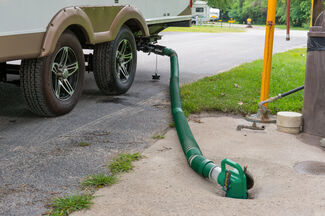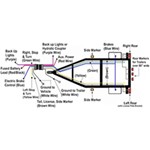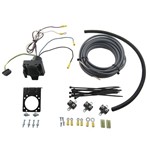
RV Fresh Water System Parts & Supplies
Wash away your fresh water worries.
How often should I sanitize my RV’s fresh water tank?
How long can fresh water stay in my RV’s tank before I need to drain it?
Can I travel with a full fresh water tank?
What type of hose should I use to fill my RV’s fresh water tank?
How do I properly fill my RV’s fresh water tank?
Connect a potable water hose to a clean water source. Run water through the hose for a few seconds to flush out any debris. Insert the hose into the fresh water inlet (usually labeled “Fresh Water Fill”). Turn on the water supply and monitor the tank’s level—many RVs have a gauge to prevent overfilling. Once full, turn off the water, disconnect the hose, and secure the inlet cap.


























